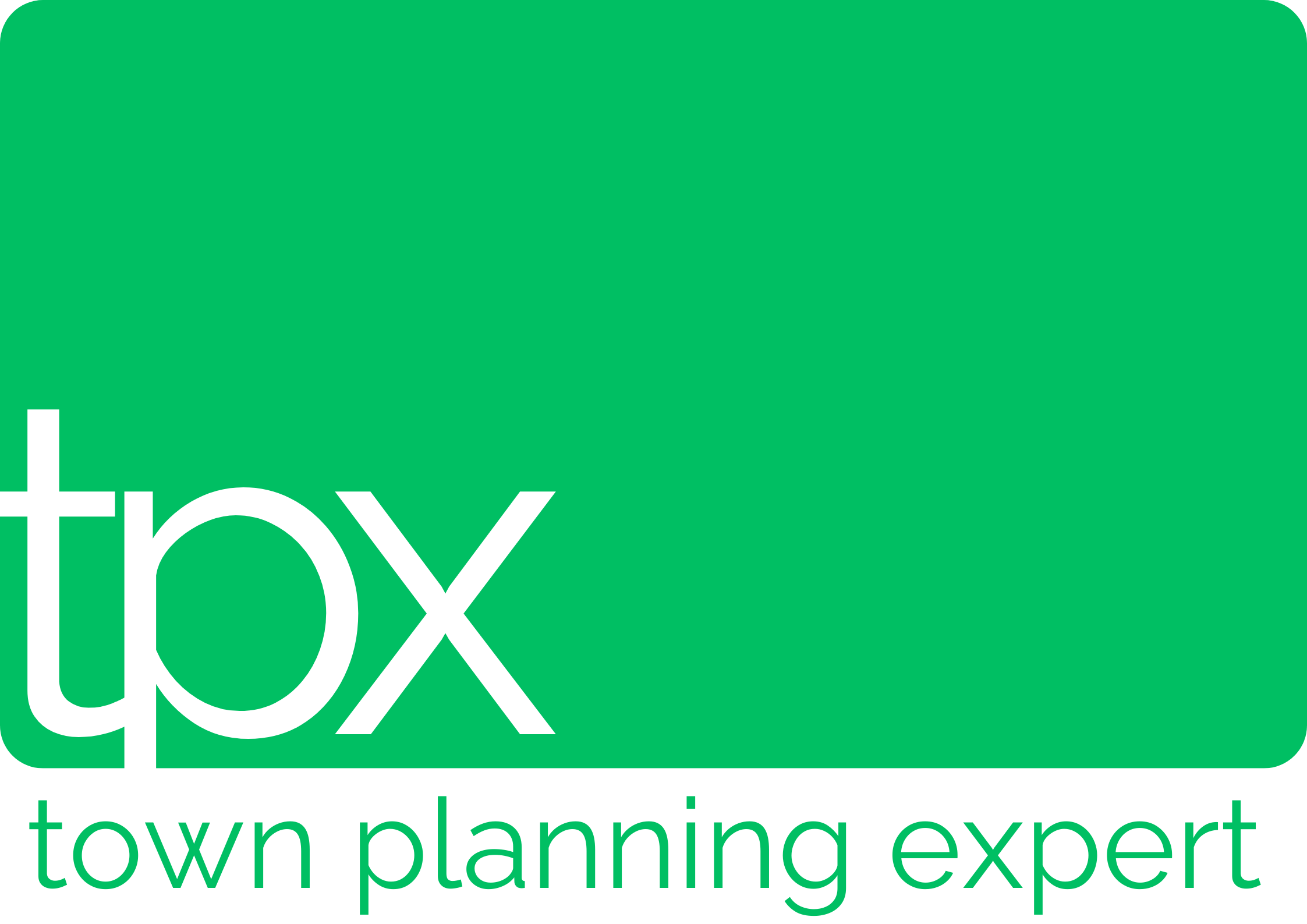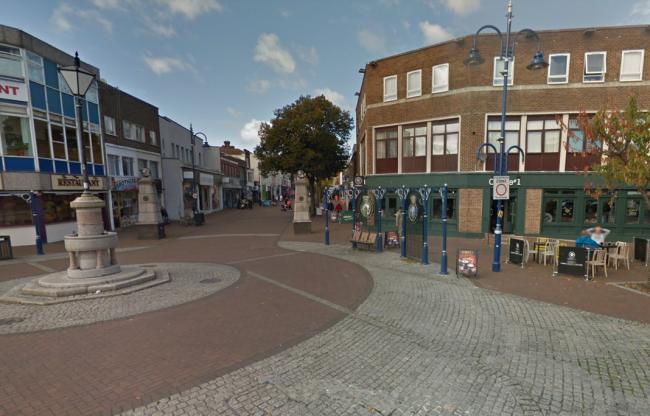The new Regulations introduced on September 1st includes three new use classes (E, F1 and F2).
The most significant change is the creation of “Class E”. This brackets together a wide variety of uses, all of which are now considered to be in the same use class:
- Retail
- Restaurants
- Financial, professional or other commercial services
- Publicly accessible indoor sport, recreation or fitness
- Publicly available medical or health services
- Crèches, day nurseries and day centres
- Offices, including research and development
- Industrial uses which do not harm amenity.
As most know, planning permission is not required for changes of use within the same use class. This now means that many types of business users will be able to change the uses of properties without seeking planning permission. For example, under the new rules, a shop will be able to change to an office and then to a gym and back again, without planning permission.
This will give current and future owners of high street business a greater flexibility to move between a wide range of commercial uses within that class without the need for planning permission for that change of use. For example, a property could operate as a shop during the day and a restaurant or a gym in the evening. This will open up a greater income/revenue for these owners as well.
This approach will also have the effect of enabling previously-unused sites/buildings and assets to be brought back into use. This means that previously under-utilised land/properties can also now be used more effectively.
These changes also have the effect of unlocking uses which were previously impractical in specific contexts. For example, many local authorities have policies which seek to protect specific uses in the town centre, or office space within designated areas. These restrictions would no longer have effect against changes of use within Use Class E.


